
but merely to seek and find all the barriers within yourself
that you have built against it.”
Integrating Many Models of Healing
Just as each of us has a different modality for learning, we respond to modalities of healing differently. Some clients prefer to grow in conversation while others prefer a more expressive means by which they can externalize their internal struggles. In trying to make these explanations as simple as possible, they lose a bit of of the essence from which they were created. Don’t hesitate to ask for more detailed information about those that interest you.
EMDR: Per the EMDRIA, Eye Movement Desensitization and Reprocessing (EMDR) is an integrative psychotherapy approach that has been extensively researched and proven effective for the treatment of trauma. EMDR is a set of standardized protocols that incorporates elements from many different treatment approaches. To date, EMDR therapy has helped millions of people of all ages and experiences be relieved by many types of psychological stress.
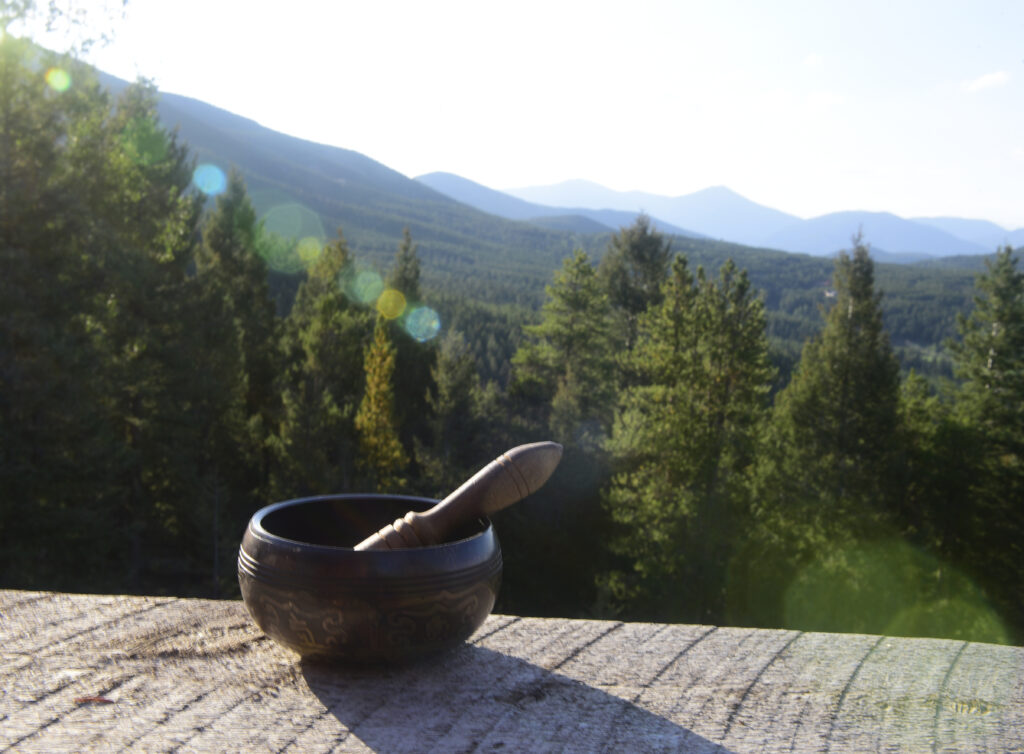

Somatic Exploration and Engagement: Most recent evidence in psychology recognizes that every human experience co-exists in the mind, body, heart (emotions), and spirit. Somatic exploration and engagement is the effort to reach your memories and emotions through the body. For example, how could you move to begin a dialogue with that pain in your heart? Have you considered that your grief is causing swelling in your neck or knees?
Neuro-Linguistic Programming: NLP increases self-awareness including emotions, thoughts, and behaviors then employs many interesting techniques to change these by changing the subconscious programming that initiates them.


Inner Child and Parts of Self: The Self, according to psychologist Carl Jung, is the, “unification of the consciousness and unconsciousness in a person, integrating various aspects of one’s personality.” These aspects are often referred to as PARTS OF SELF. The part of you that feels abandoned — how old does that part of you feel? And what part of you soothes that part when you do?
Narrative: This is the opportunity for you to unearth your personal story, discover your strengths, resources, passions, and road blocks to growth or change through sharing your experiences. What is your story? And more importantly, how do you want to change it?
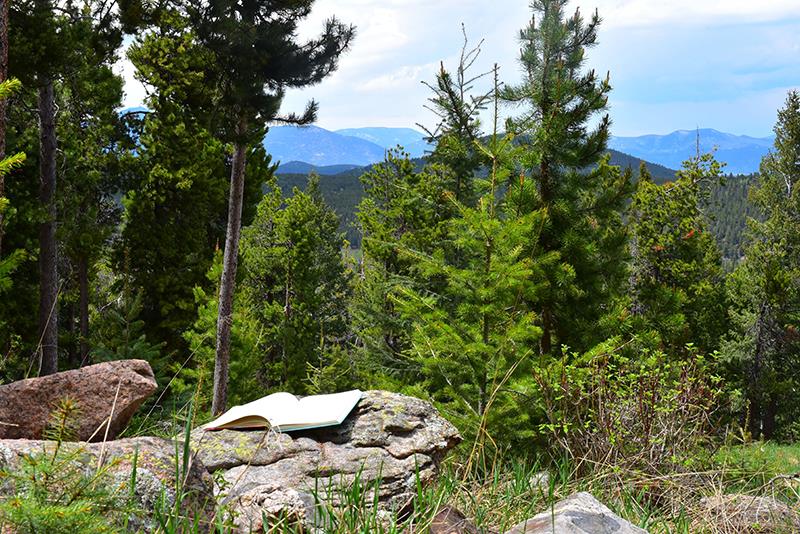
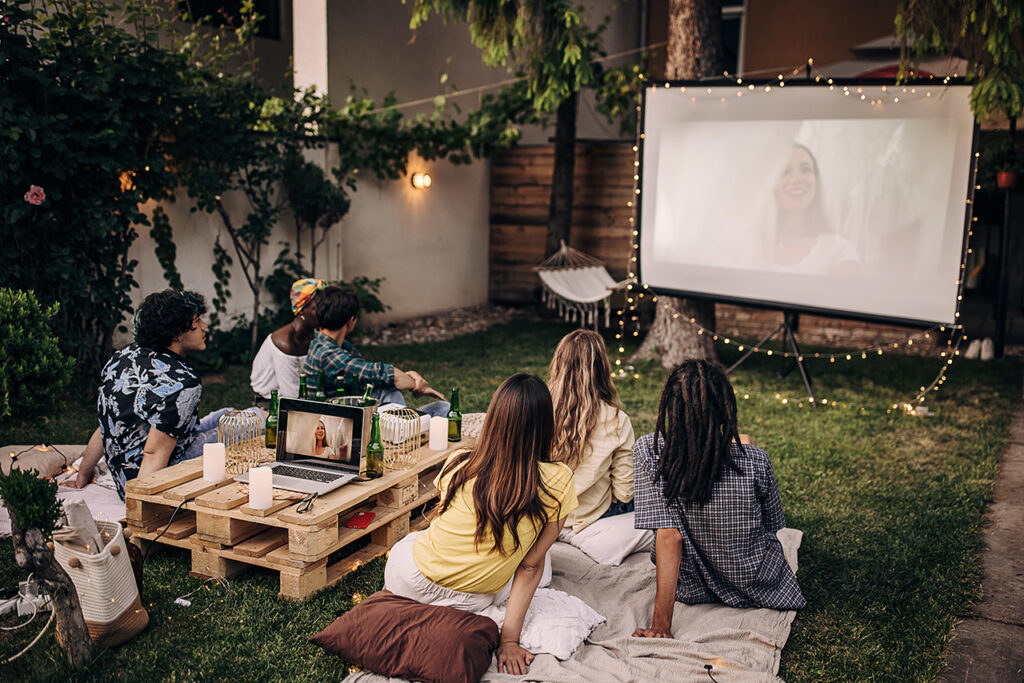
Cinema: Film has the ability to bridge all cultures, religions, and differences so that we may understand our beings in relationship to the collective conscious that knows how to heal.
Art: Art in psychotherapy does not implement critique or ability. The creative spirit has much to say when we give it the freedom and means to express. For example, when was the last time you meditated by drawing with your less dominant hand? And did that hand have anything it wanted to say?
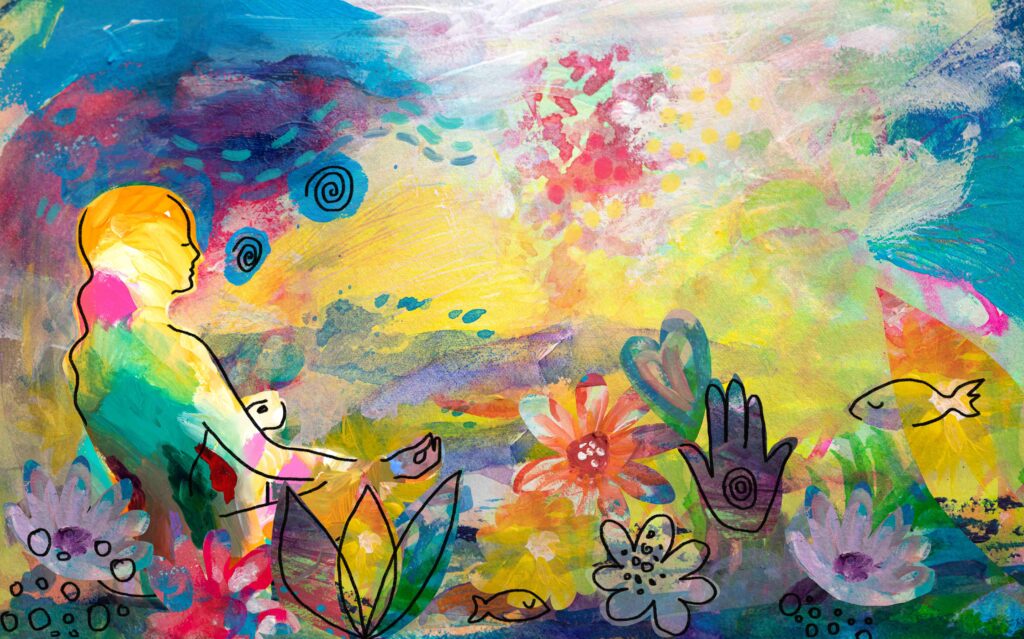

Adventure/Wilderness: With these modalities, you seek to reset your buttons with expanded self-efficacy and wholeness in relationship with nature by way of a simple walk along the river, hiking, kayaking, paddle boarding, sailing, skiing, etc. The means by which nature can contribute to your healing are endless — especially in places like Colorado, Washington, and the Virgin Islands, where ‘wild’ is abundant.
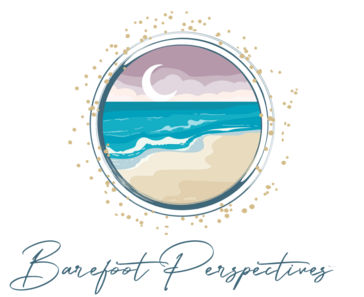
© 2016 All Rights Reserved.
DISCLAIMERS
This information and all podcasts/webinairs and related posts/content are presented solely for general information, educational, and entertainment purposes. It is not intended as a substitute for the advice of a physician, psychotherapist, or other qualified professional, diagnosis, or treatment, and does not create a therapist-client relationship. Always seek the guidance and assistance of your doctor or other qualified health professional with any questions you may have regarding your personal health or any medical condition and/or any other options expressed within this site.
Your use of this Site and/or our products or services, including any implementation of any suggestions set out on this Site or in our products or services, does not create a professional-client relationship between you and Barefoot Perspectives Ltd. Neither Barefoot Perspectives Ltd, nor any of its employees or owners shall be held liable or responsible for any errors or omissions on this website or for any damage you may suffer as a result of failing to seek competent advice from a professional who is familiar with your situation.
NO GUARANTEES: Your use of this Site and/or our products or services, including any implementation of any suggestions set out on this Site or in our products or services, does not create a professional-client relationship between you and Barefoot Perspectives Ltd. Neither Barefoot Perspectives Ltd, nor any of its employees or owners shall be held liable or responsible for any errors or omissions on this website or for any damage you may suffer as a result of failing to seek competent advice from a professional who is familiar with your situation.
NO ENDORSEMENTS: Barefoot Perspectives Ltd Products and Services are for educational and informational purposes only. You agree and accept that you are solely responsible for your success. You acknowledge that, as with any business or personal endeavor, there is inherent risk of loss and no guarantee of any particular outcome or income. You understand and agree that any suggestion or recommendation of a product, service, or otherwise through our Website is purely information – any decision to act upon these suggestions is to be taken by you, at your own risk. Barefoot Perspectives Ltd is not liable for any success or failure that is directly or indirectly related to your purchase. You agree to accept all risks herein. 8. No Endorsements. From time to time, Barefoot Perspectives Ltd may refer to other products or services. Any such reference is not intended as an endorsement or statement that the information provided by the other party is accurate. It is your responsibility to make your own determination about any such product or service.